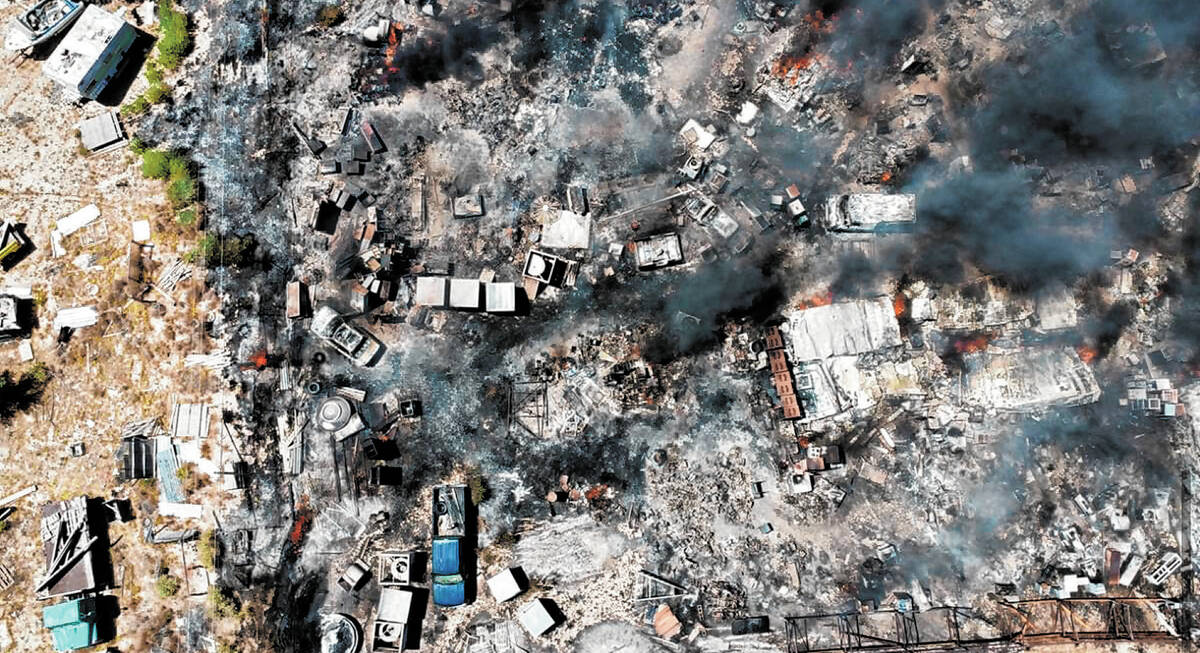Hydrants critical, but hard to come by in parts of Pahrump Valley
Water is a fire department’s most reliable ally in fighting fires, however, it’s not always readily available in the event of structure and brush fires in the deserts of Pahrump Valley.
A fire laid waste to multiple structures and personal property at a residence on Ricksue Street in Pahrump earlier this month, in part because there weren’t hydrants nearby to help battle the blaze.
Time is essential
During the hours-long battle, fire crews were forced to regularly leave the property in an effort to recharge water tenders and engine apparatuses with water from the closest available fire hydrants.
It’s a normal routine for Pahrump Valley Fire and Rescue Service crews, according to Chief Scott Lewis, who says precious time is lost due to crews having to refill the vehicles with water when fighting challenging brush, structure and vehicle fires.
During the efforts earlier this month, an “all-hands” and “blitz” response was initiated, where crews dumped large amounts of water in a short amount of time.
Fire crews from the NNSS site as well as Amargosa Valley responded to the fire grounds.
“Those resources allowed us to control and protect additional exposures and also direct the fire attack on the property,” Lewis told the Pahrump Valley Times.
Easier said than done
As far as establishing additional fire hydrants in local neighborhoods, the task is not that simple to accomplish, according to Great Basin Water Co.’s Compliance Safety Manager Bill Coates, who also spoke to the Pahrump Valley Times about the issue.
“When developments come along or people request to have water installed, we will normally install fire hydrants on water mains,” Coats said. “There are areas that we have within our service territory that are not served by domestic water. They have wells and septics only. Ricksue Street is well and septic only, therefore, that’s why there are no fire hydrants on that section.”
Color-coded hydrants
Chief Lewis spoke about the performance capacity of area fire hydrants by merely observing the color of their tops, also known as “bonnets.”
“Light blue usually denotes 1,500 gallons per minute or more,” he said. “Green is 1,000 to 1,499; orange is 500, up to 999,” he stressed. “Solid red fire hydrants that are normally located on commercial property usually pump water at less than 500 gallons per minute.”
Contact reporter Selwyn Harris at sharris@pvtimes.com. or on X: @pvtimes


















